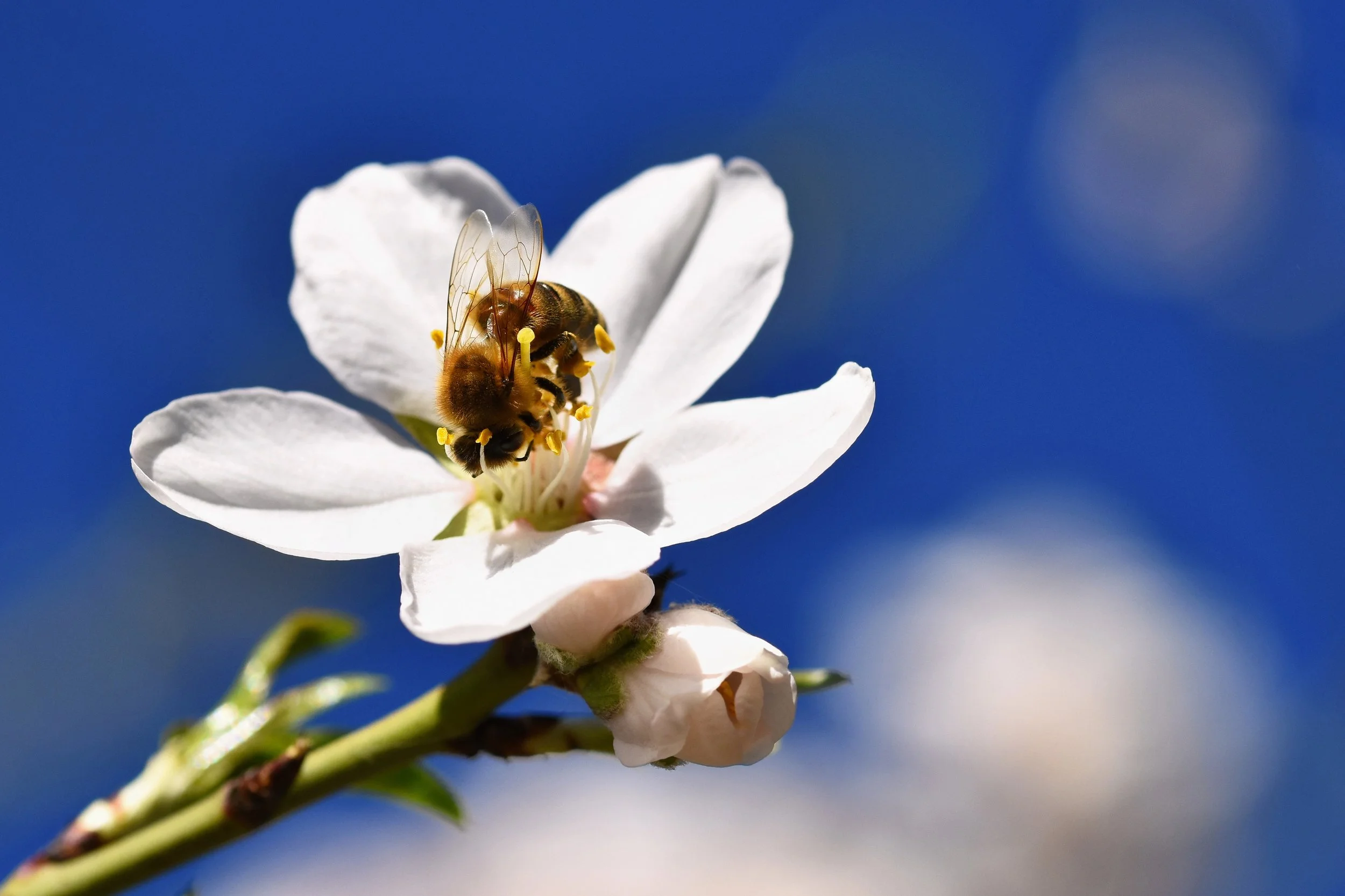You may have heard that MGO is the magic behind Manuka honey’s power—but here’s a truth few talk about:
🔍 A high MGO number doesn’t guarantee strong healing effects. It’s only one part of the story.
The Real Healing Equation: MGO + DHA
Methylglyoxal (MGO) gives Manuka honey its bacteria-fighting power, but in nature, it’s not created directly. It forms from another compound called DHA (dihydroxyacetone), which comes from the nectar of the Manuka flower.
Here’s the hidden science:
DHA slowly converts into MGO over time—often months after harvest. That means timing matters. Honey tested or bottled too early might show low MGO despite good potential.
Soil, Altitude, and Weather Affect Potency
Not all Manuka bushes grow equally. The terroir (soil, elevation, climate) directly impacts the honey’s chemical profile.
✅ For example:
Manuka trees in New Zealand’s East Cape or inland Northland hills tend to produce honey with higher DHA levels and stronger medicinal profiles.
Coastal or lowland Manuka areas may yield lighter, floral honey that’s pleasant but less potent.
🚁 Some beekeepers even airlift hives into remote, mountainous terrain—beyond truck access—just to access rare, high-grade harvest zones.
Rare Uses You Might Not Know
Here are less-talked-about uses of Manuka honey that customers rave about:
Post-antibiotic gut reset: Taken daily for 4–6 weeks to rebalance gut flora.
Recovery for ulcers or gastritis: Especially effective when taken on an empty stomach.
Topical use after microneedling or laser facials: Helps support healing and reduce infection risk.
Long COVID or post-viral fatigue: Many users take UMF 20+ daily, reporting improved digestion, immunity, and energy.
💬Real Customer Insight
“I used to take a spoon here and there, but nothing changed. Then I followed a consistent plan—every morning for a month, no coffee before or after—and it’s like my gut inflammation calmed down completely.”
— Maggie L., Wellington

